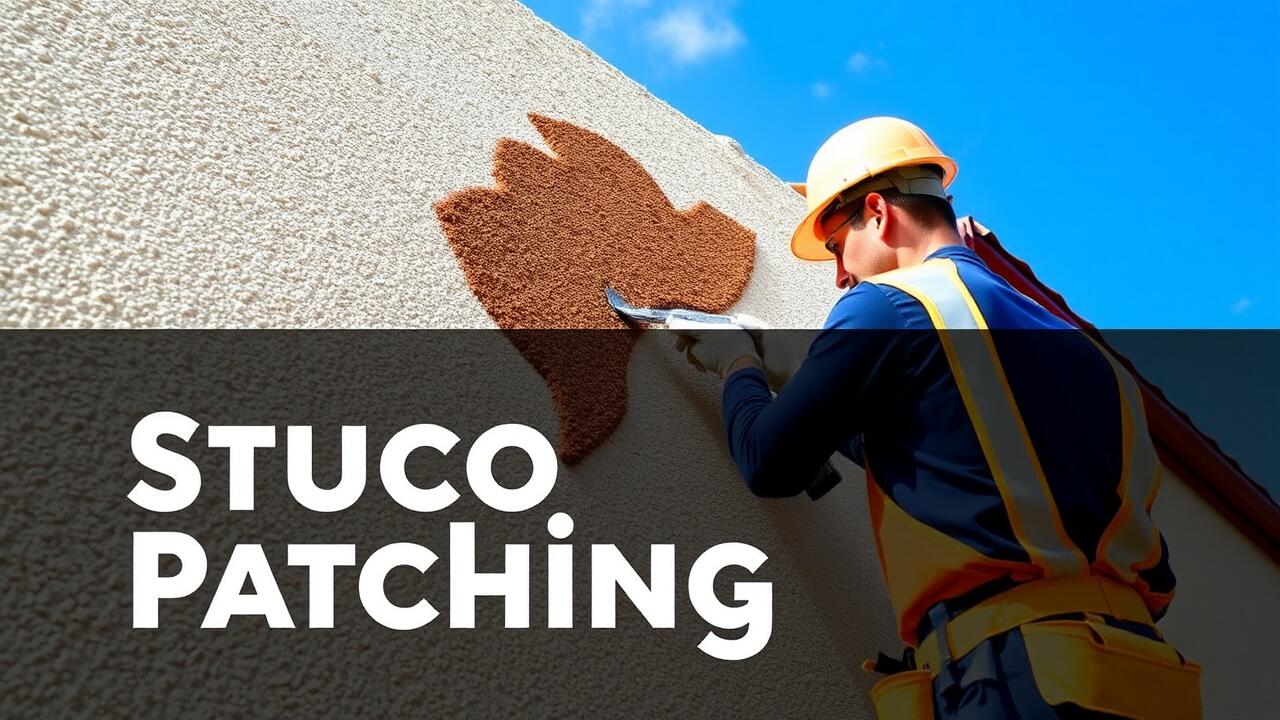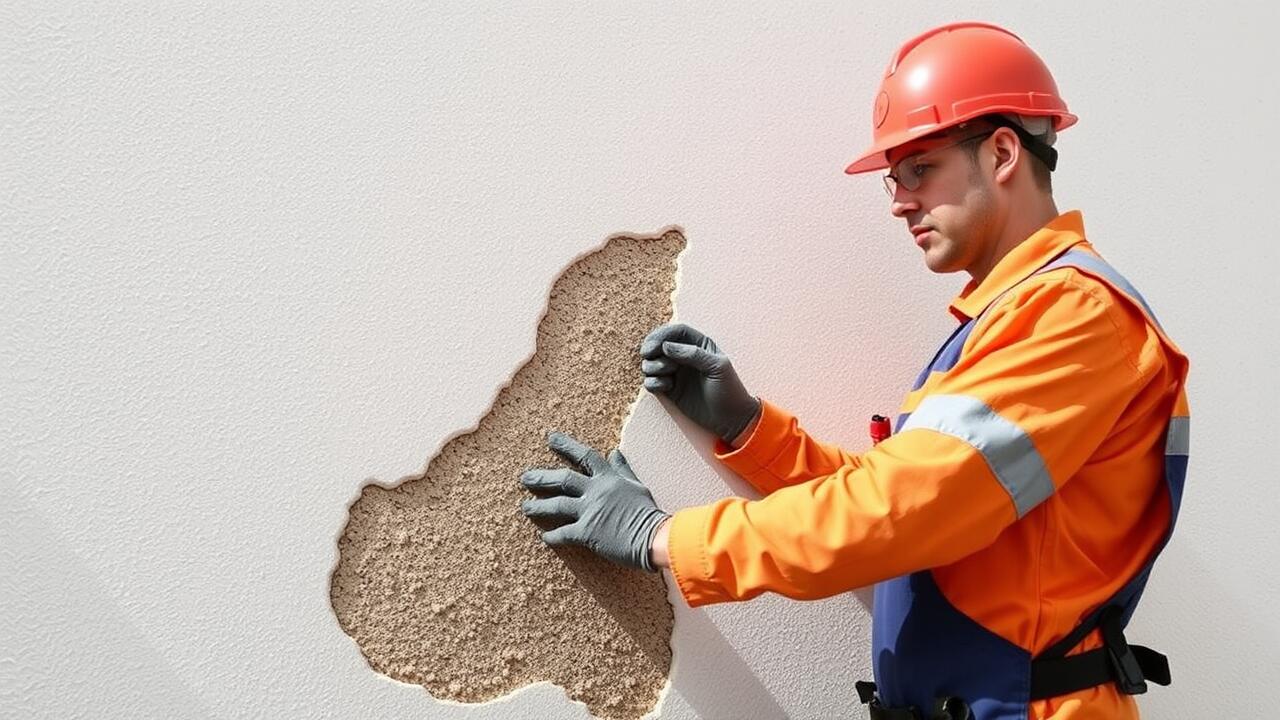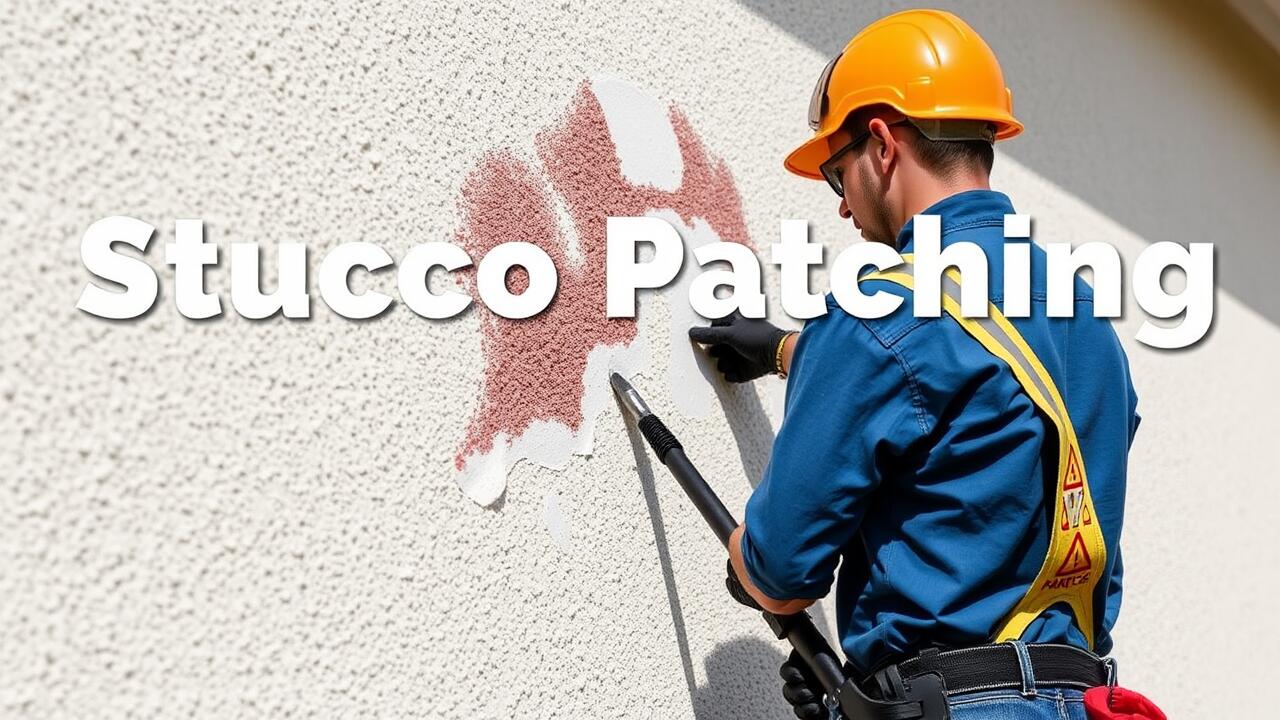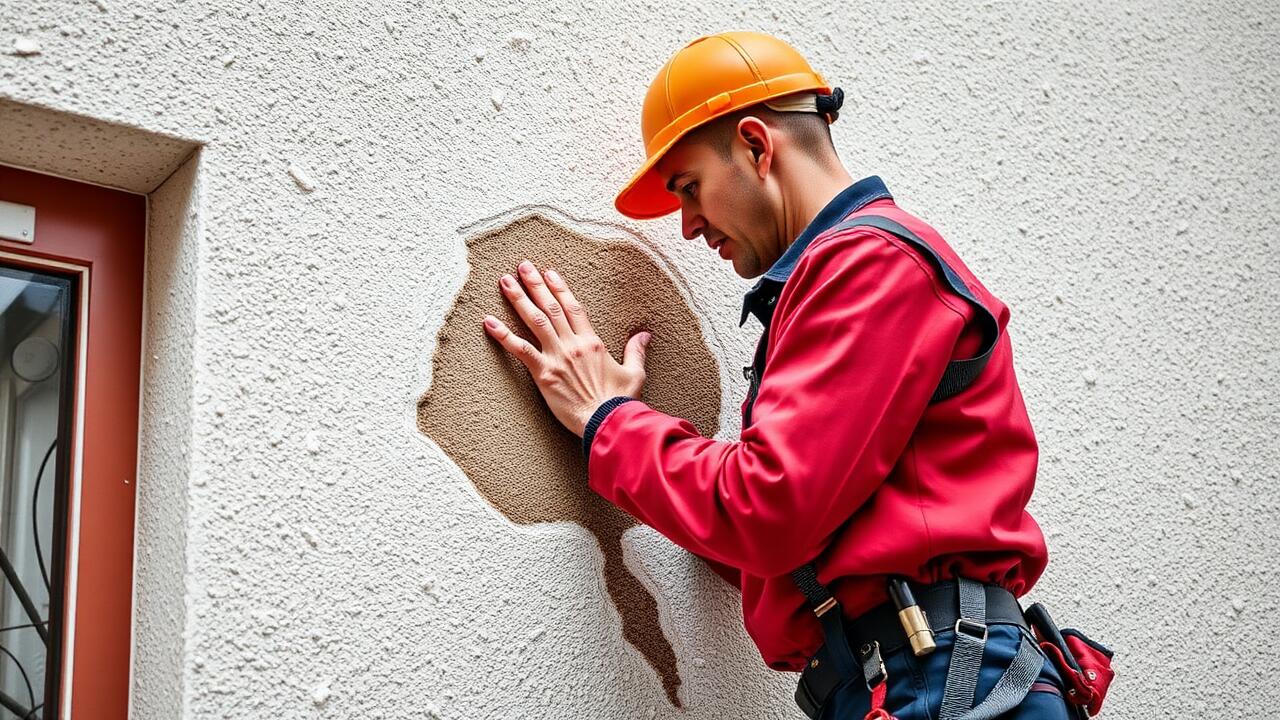
Tools Needed for Patching
Gathering the right tools is essential for a successful stucco patching project. A mixing container is crucial for combining the stucco mix with water, ensuring a uniform consistency. Additionally, you'll need a trowel for applying the patch, along with a hawk to hold the mix while you work. A wire brush helps remove loose material from the surface. Other useful tools include a sponge for smoothing the finish and a pointing trowel for precision in smaller areas.
When undertaking Stucco Patching in Van Nuys, Los Angeles, consider having safety gear on hand as well. Dust masks and gloves protect against debris, while safety goggles shield your eyes from falling particles during the application process. A level can assist in ensuring an even patch, and a paintbrush is useful for applying a bonding agent if needed. Having these tools ready will streamline your work and contribute to a smooth, durable finish.
Essential Tools for a Successful Application
Successful stucco patching requires specific tools to ensure a seamless application. A trowel is one of the most essential instruments, allowing for precise manipulation of the patching material. A hawk can help in holding the stucco while transferring it to the surface. Additionally, a sponge and a float come in handy for achieving a smooth finish, making it easier to blend the patched area with the existing stucco.
When preparing for stucco patching in Van Nuys, Los Angeles, having a sturdy brush and a spray bottle also proves beneficial. The brush assists in cleaning the surface area to remove dust and debris, facilitating better adhesion. A spray bottle can help moisten the area before application, which is crucial in preventing the stucco from drying too quickly. Together, these tools optimize the patching process, ensuring a durable and visually appealing outcome.
Preparing the Surface for Patching
To achieve a successful stucco patching process, proper surface preparation is essential. Start by cleaning the area thoroughly. Remove dust, dirt, and any loose particles. This initial step ensures that the stucco adheres effectively to the surface. Inspect for any signs of moisture or damage that may require additional attention before proceeding. A dry and stable base contributes to the longevity of the repair.
Once the surface is clean, assess the edges of the area being patched. Use a chisel or utility knife to create a slight bevel around the damaged spot. This technique helps the new stucco blend seamlessly with the existing structure. For those considering projects like stucco patching in Van Nuys, Los Angeles, taking the time to prepare the surface correctly will result in a more durable and visually appealing finish.
Steps to Ensure Proper Adhesion and Longevity
Proper surface preparation is key to ensuring that your stucco patch adheres effectively and lasts over time. Start by cleaning the area to remove dust, debris, and any loose materials. Using a wire brush or a pressure washer can help eliminate any old stucco or dust that could interfere with the bond. Once cleaned, dampening the surface slightly can promote better adhesion for the new mix. This step is especially important in climates with dramatic temperature fluctuations, as it helps prevent rapid evaporation of water from the patching material.
Selecting the right stucco mix for your specific needs will also influence the longevity of the patch. Consider the environment where the stucco patch will be applied, particularly factors like moisture exposure and sunlight. A flexible, modified blend may be beneficial in areas subjected to significant movement or stress. For those in need of professional assistance, services for stucco patching in Van Nuys, Los Angeles, can provide expert advice tailored to local conditions, ensuring a durable and aesthetically pleasing repair.
Applying the Stucco Patch
Applying the stucco patch requires attention to detail for a successful and durable finish. Begin by dampening the area where the patch will be applied. This step helps the new stucco adhere better to the existing surface. Use a trowel to apply the stucco mix, starting at the edges of the repair and working inward. Ensure the patch is filled adequately and pressed firmly into place to eliminate air pockets, which can weaken the bond over time.
Once the patch is in place, smooth it out with a trowel or a float to achieve an even surface. Feather the edges to blend the patch seamlessly with the surrounding area, which is crucial for aesthetics. For anyone interested in performing stucco repair, understanding techniques specific to your location can help. For example, services like Stucco Patching in Van Nuys, Los Angeles, offer insights into local materials and environmental considerations that contribute to a successful application.
Techniques for a Smooth and Even Finish
Achieving a smooth and even finish when patching stucco requires attention to technique. Start by applying the patching compound in thin layers, ensuring each layer adheres well to the surface. Use a steel trowel to spread the compound evenly across the area. A slight glide of the trowel will help eliminate any ridges or uneven spots, preparing the surface for further smoothing. Patience in layering will prevent excess material from building up, which can lead to cracks as it dries.
For an optimal finish, consider using a float after the initial application. This tool helps create a more uniform texture, blending the new patch with the surrounding stucco. Once the patch has cured sufficiently, lightly mist the surface with water before applying a finish coat. This extra step promotes better adhesion and integrates the repaired area with the existing stucco. For professional results and expert guidance, consider services that specialize in Stucco Patching in Van Nuys, Los Angeles, ensuring your repair is both aesthetically pleasing and durable.
FAQS
What type of stucco mix is best for patching?
The best stucco mix for patching typically includes a blend of Portland cement, sand, and water. You can also consider premixed options designed specifically for patching that may include additives for improved adhesion and flexibility.
How do I prepare the surface before applying a stucco patch?
To prepare the surface, start by cleaning the area to remove any loose debris, dirt, or old stucco. Then, dampen the surface with water to ensure better adhesion. It's also important to remove any loose or crumbling material around the patch area.
How thick should the stucco patch be applied?
The thickness of the stucco patch should generally be no more than 1/2 inch at a time. If the repair is deeper than this, it's advisable to apply the patch in layers, allowing each layer to cure before applying the next.
Can I use stucco patch on both interior and exterior surfaces?
Yes, stucco patch can be used on both interior and exterior surfaces. However, make sure to choose a mix that is suitable for the specific environment, especially for exterior applications that may be exposed to weather elements.
How long does it take for stucco patches to cure?
Stucco patches typically take about 24 to 48 hours to dry to the touch, but full curing can take up to 28 days. It’s important to keep the patched area moist during the curing process to prevent cracking.


